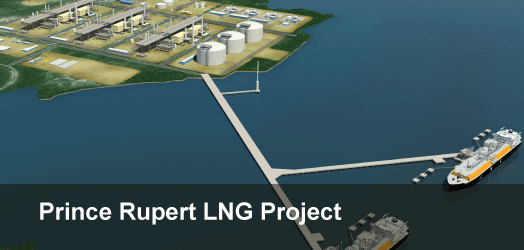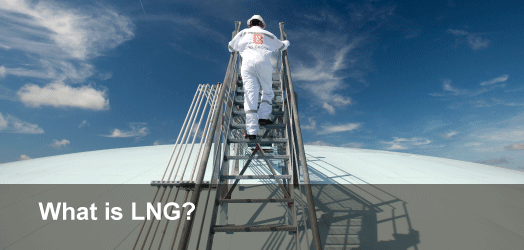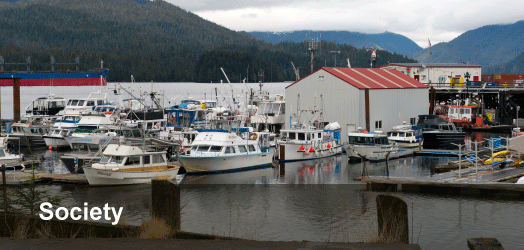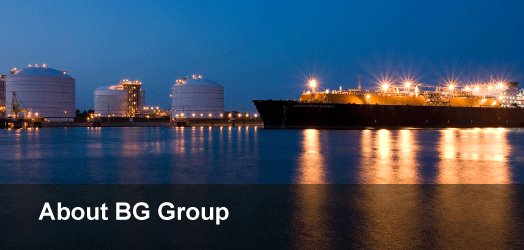What is LNG?
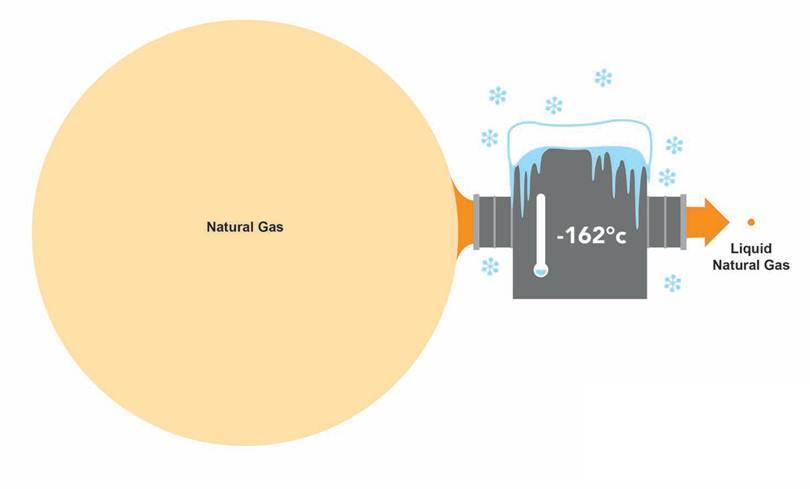
|
Making LNG LNG is produced from natural gas by cooling it to -162°C, the temperature at which the gas becomes a liquid. This process reduces its volume by more than 600 times. LNG is primarily methane (roughly 95 percent or greater) and is colourless, odourless, non-toxic and non-corrosive. Once produced, LNG at Prince Rupert LNG will be stored in tanks at near atmospheric pressure, each with a capacity of up to 180,000 cubic metres. The tanks will include an inner free-standing container fully enclosed in outer concrete walls and concrete roofs. |
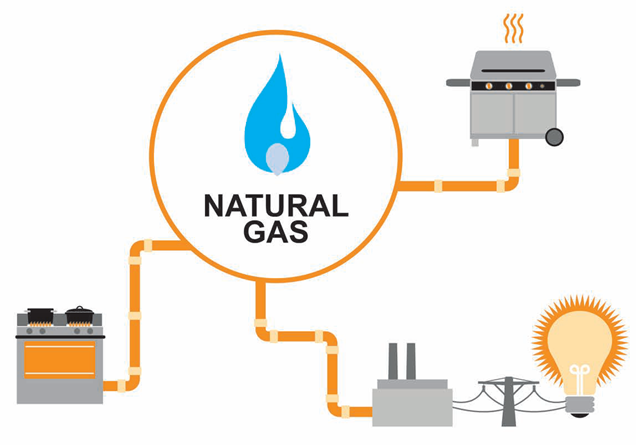
|
Transporting LNG LNG is transported to international markets by insulated, double-hulled ships that usually carry 125,000 to 215,000 cubic metres of LNG, equal to 2.6 to 3.6 billion cubic feet of natural gas. That’s enough energy to power a city the size of Vancouver for about a week. When LNG is off-loaded at regasification terminals, the liquefaction process is reversed. LNG is pumped from ships to onshore storage tanks and warmed so it returns to its gaseous state. The natural gas is then transported through local pipeline systems. |

